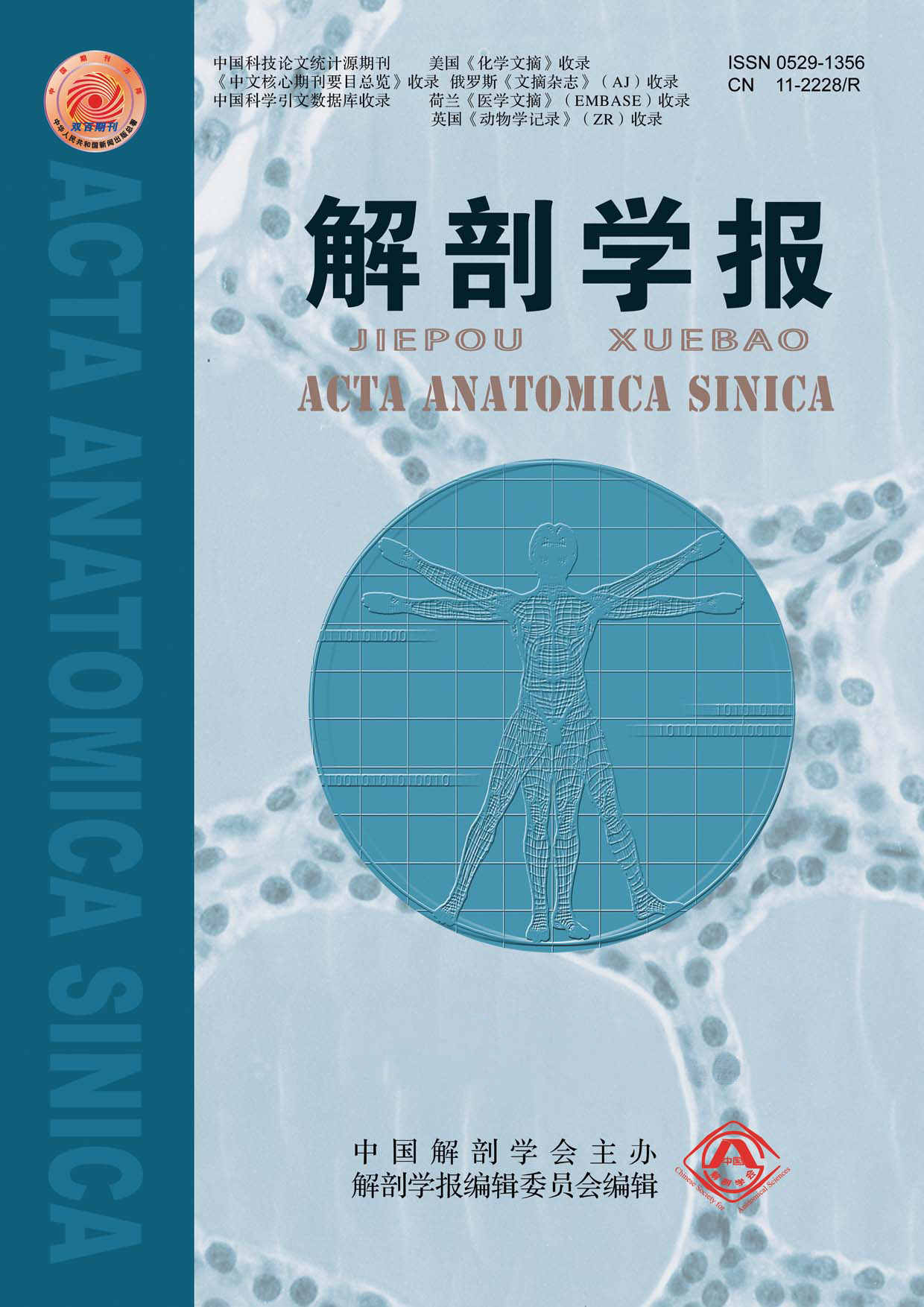Objective To explore the differentially expressed proteins during erythroid differentiation. Methods The murine erythroleukemia (MEL) cell were treated by DMSO, and the comparative proteomic was systematically analyzed and identified on different differentiating time points. ratio of cell differentiation and viability were detected by benzidine staining, MTT assay and Ter119 immunofluorescence. Using two-dimensional gel electrophoresis combined with mass spectrometry technology and bioinformatics analysis, we conducted a comparative proteomic analysis on MEL cells during the process of induced differentiation to screen and identify differential proteins. Results The MEL cells induced by 1.2% DMSO for 0 hour, 6hours, 12hours, 24hours, 36hours, 48hours, 72 hours, 96 hours, 120 hours were collected for proteomic analysis, by two-dimensional gel electrophoresis combined with mass spectrometry. A total of 87 kinds of proteins were successfully identified. MEL cells exposed to DMSO at a final concentration of 1.2% for 120 hours reached the highest differentiation rate of 67%. MTT assay showed that 1.0%, 1.2%, 1.4% DMSO had no inhibiting effect on cell vitality. Conclusion DMSO may induce MEL cells to differentiate and have no inhibiting effect on cell vitality. The 87 kinds of differentially expressed proteins from two-dimentional gel electrophoresis may be divided into twelve categories; the most three parts are 41% enzyme protein, 15% structural protein and 13% regulatory protein.


